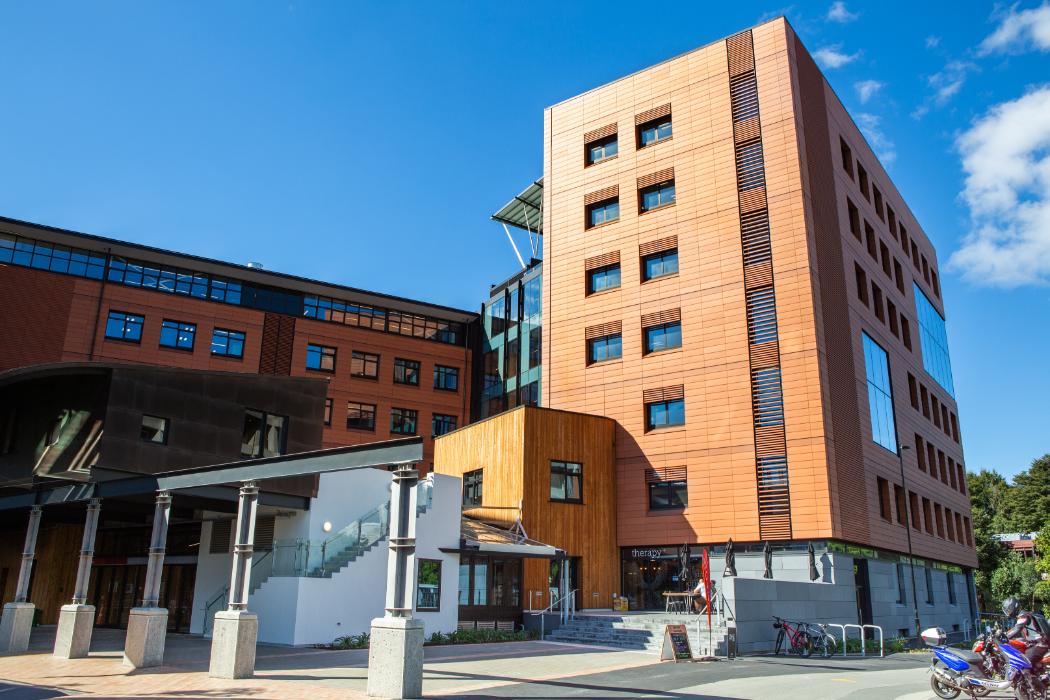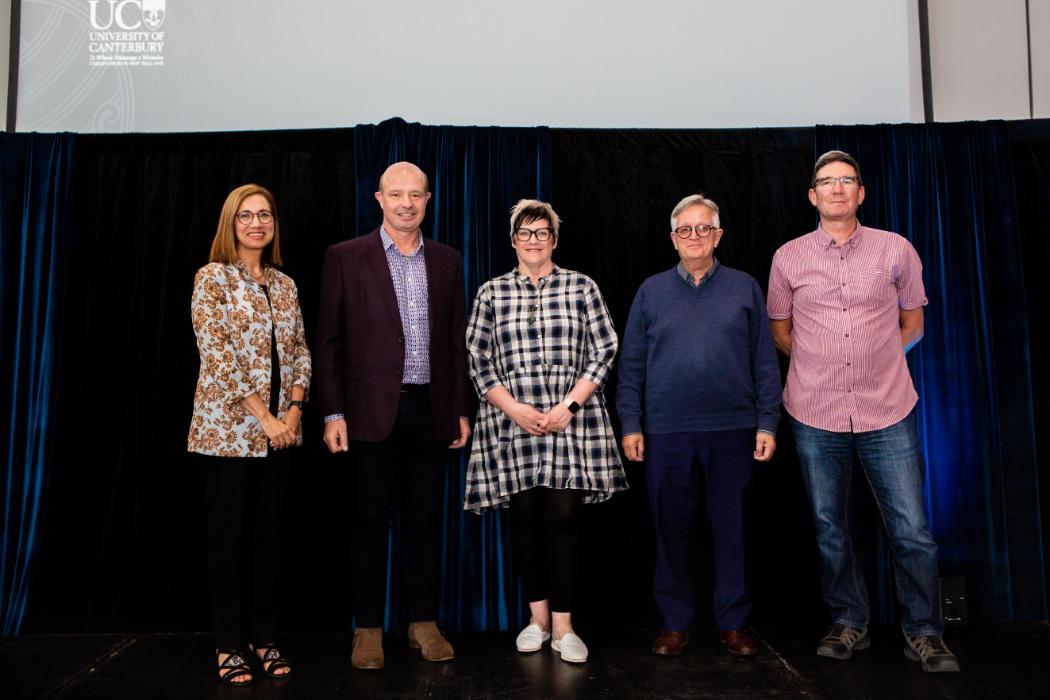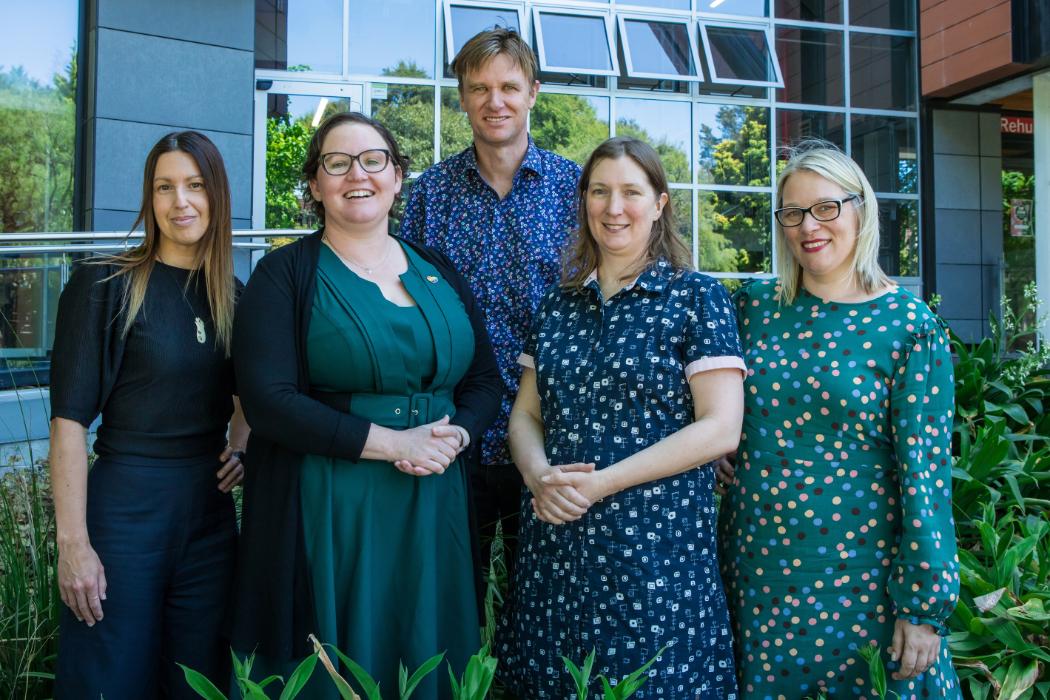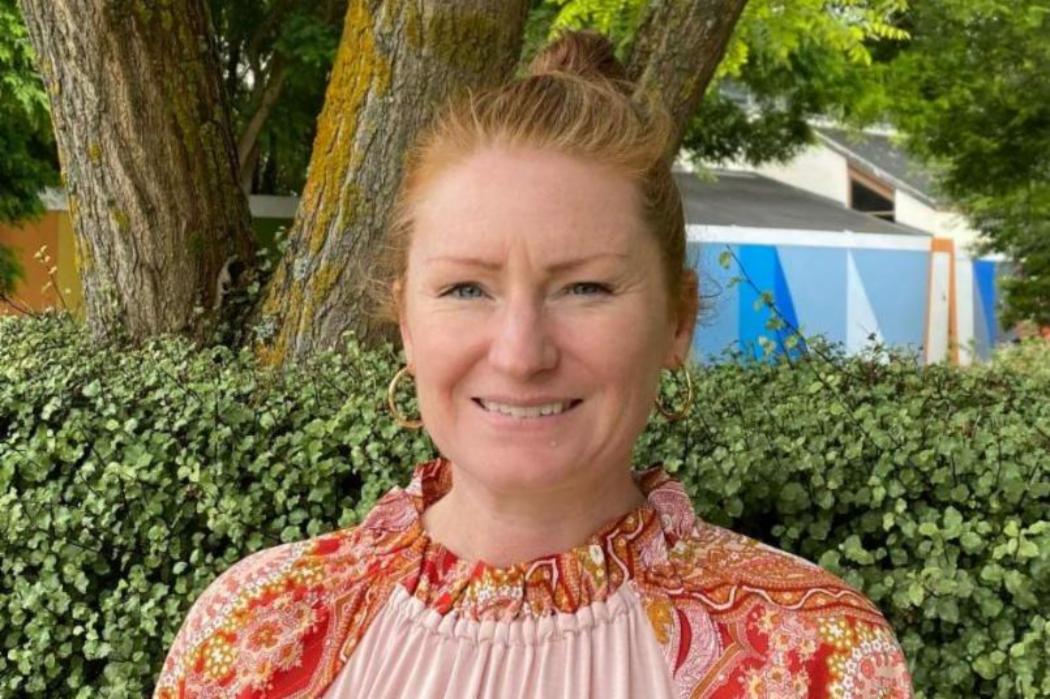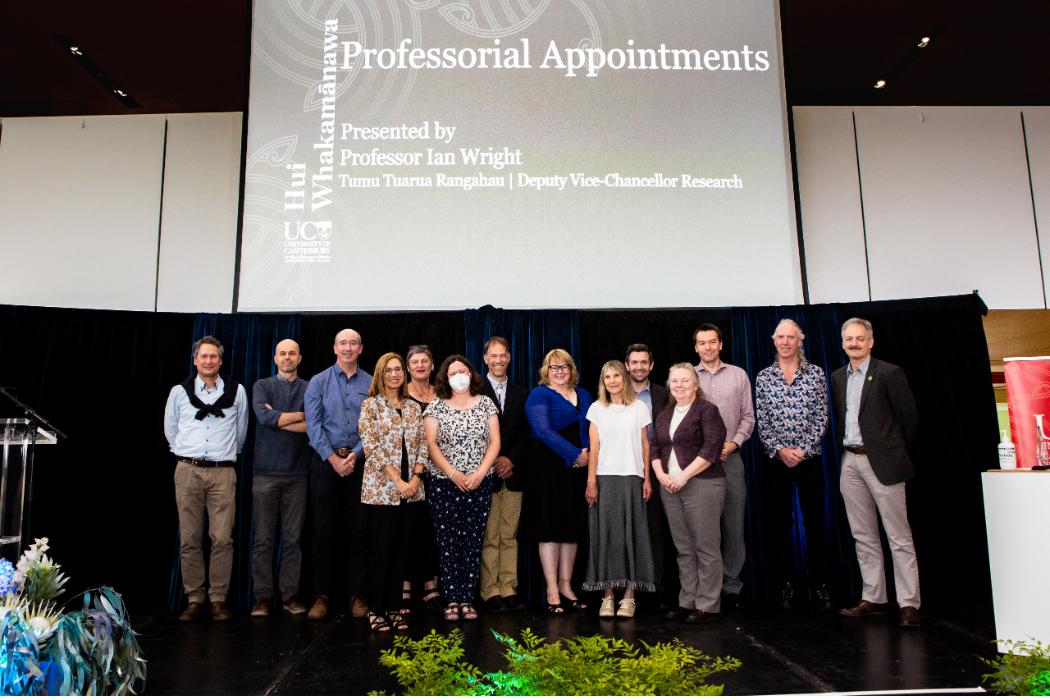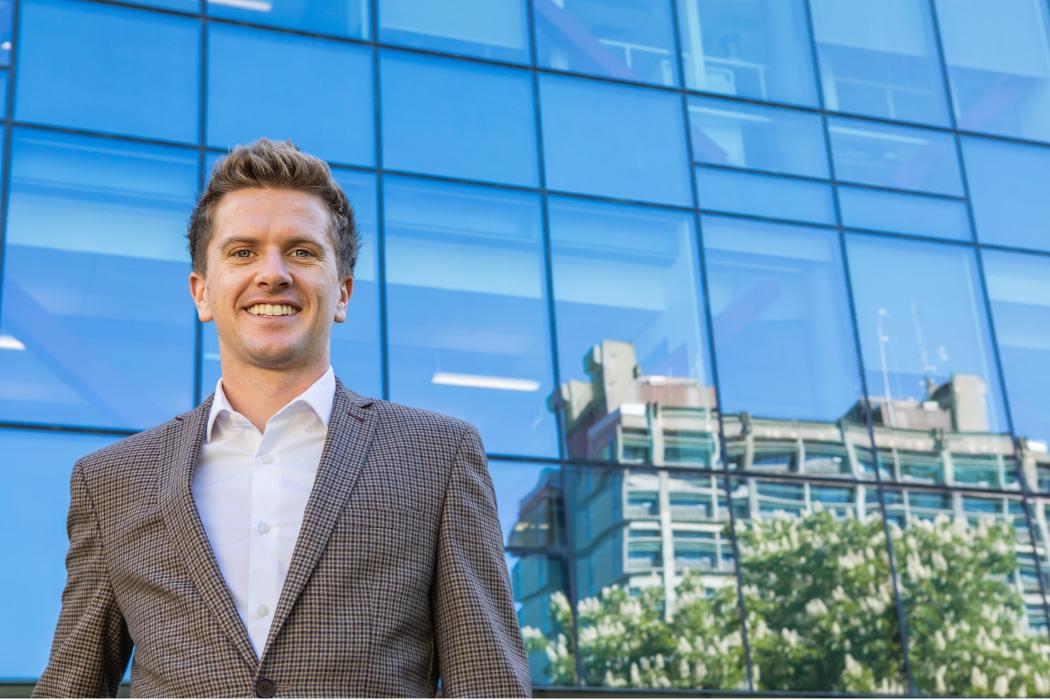Lymphoedema occurs when there is an interruption to the normal lymph flow causing a body part (such as an arm) to swell as the lymphatic fluid is no longer flowing properly. It is more commonly seen following surgery where the lymph node is dissected to check if cancer cells have spread into the lymphatic system. Truncal oedema occurs around the breast area, upper chest and arm pit.
In recent years studies have shown that lymphoedema can be successfully treated using a combination of a gentle, non-invasive massage technique called Manual Lymphatic Drainage (MLD), as well as a tailor-made sleeve that has compression components that help to maintain a reduction in fluid build-up as new lymphatic pathways are created.
The study has found that the same MLD technique applies to truncal oedema, by treating 30 women using the same massage technique, teaching and encouraging lymphoedema specific exercises and self-massage, giving specific advice for purchasing appropriate bra wear and compression garments as appropriate.
“We found that swelling reduced by using the same techniques, and that patients could see how important it is to attend regular massage sessions to achieve a better result,” Kate says.
The good news is that physiotherapists and lymphoedema therapists who are trained in the management of the condition do not need to change their technique for the lesser-known truncal oedema.
Independence is also important for the women, so education and specific exercise components were included in the study too.
“The women were taught to self-massage and were able to embed a routine to recovery. They also received a support garment to maintain the results.”
“Getting an early diagnosis is key,” Kate adds. “[Therapists are] very aware of lymphoedema in arms, but it’s currently more difficult to diagnose truncal oedema. The longer women leave getting treatment, the more difficult it is to treat and to get under control.”
In fact, none of the women prior to the research were familiar with truncal oedema. Kate says that they had noticed changes in their skin, firmness, achiness and soreness but didn’t know what it was.
“We want early awareness and early treatment, to prevent this becoming a problem.”
Karen Koed, the benefactor of this study suffered had developed Lymphoedema following her cancer treatment and persisted with her treatment so much so that she no longer has lymphoedema. When she was being treated, it was not known it could be managed so effectively that it isn’t an issue. Karen is motivated by her own experience and the lack of publicly funded money in the health system for lymphoedema treatment.
Karen, who worked at UC as a librarian between 1980 and 1991, says, “I am humbled to have supported such a meaningful study at the University – for both myself and the participants. It’s encouraging to see dedicated work being done in this field, and to have had the opportunity to give funding for treatment to women who wouldn’t have otherwise been able to afford it.”
She says, “lymphoedema really takes a toll on your physical movement of the affected area, and beyond that it leads to a lot of insecurities and body image issues. A lot of women learn to live with it because of the lack of funding, which is devastating to me as I know from my own experience that it is possible to treat it until it’s gone.”
Kate, who has extensive experience in palliative care and oncology nursing, says, “the research has revolutionised women’s lives in terms of being able to regain a sense of physical normality when their treatment is complete.”
“The women themselves are just so thrilled. As part of the study the participants completed a questionnaire about quality-of-life issues prior to starting the treatment and towards the end of this study – it’s humbling to read, they’re just so appreciative.”



